Welcome to the fascinating, chilling, and crazy world of the Facts About Mumbai Underworld.
When you think of Mumbai, what pops into your head first?
The glitz of Bollywood? The chaotic beauty of Marine Drive? The smell of vada pav on rainy days?
Yeah, that’s all Mumbai. But behind the neon lights and the camera flashes, Mumbai has a dark, shadowy past that sounds like it’s straight out of a gangster movie.
Only — it’s all real.
Let’s dive deep into some jaw-dropping facts, hidden truths, and shocking stories about Mumbai’s most infamous secret society.
📜 1. The Beginning: How It All Started
Believe it or not, Mumbai’s underworld didn’t begin with guns blazing.
It actually started much, much earlier — in the 1940s — and it was all about smuggling.
Goods like gold, textiles, and liquor were heavily taxed or banned during British rule and early independence days.
So what happened?
A black market boom!
The small-time smugglers operating near the Mumbai docks gradually became bigger and more organized.
And thus, the first seeds of the underworld were planted.
🥷 2. Meet the Godfathers: Karim Lala, Haji Mastan, and Varadarajan Mudaliar
Before Dawood, there were three big bosses ruling Bombay (as Mumbai was called then).
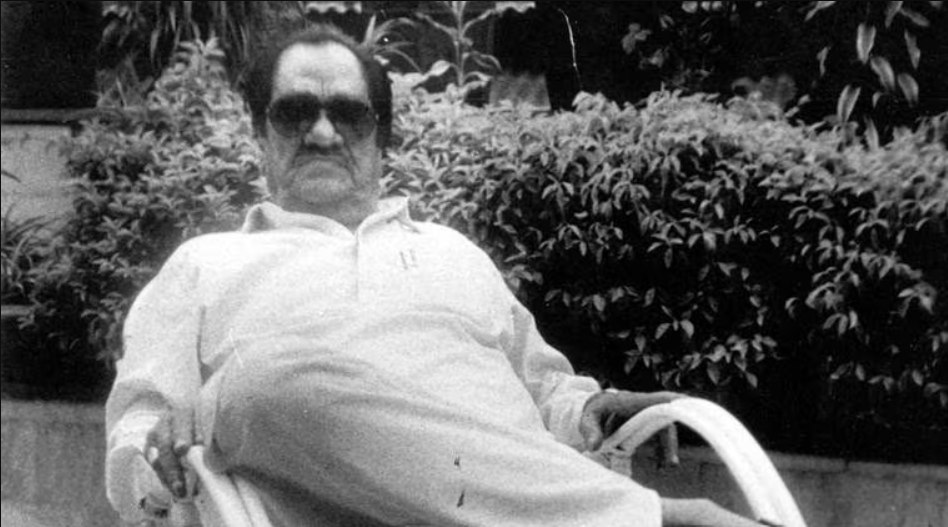
- Karim Lala: The “don” of Pathan gangs, ruling the illegal gambling dens and extortion rackets.
- Haji Mastan: The suave, stylish smuggler who looked like a movie star. He even became best friends with Bollywood celebrities!
- Varadarajan Mudaliar: The quiet, disciplined don who controlled the dock areas and helped the poor in Dharavi.
These three men ran the city in the 1960s and 70s — peacefully, almost like businessmen.
Crazy, right?
It wasn’t all violence — it was “organized business.”
🎬 3. Bollywood’s Secret Crush on the Underworld
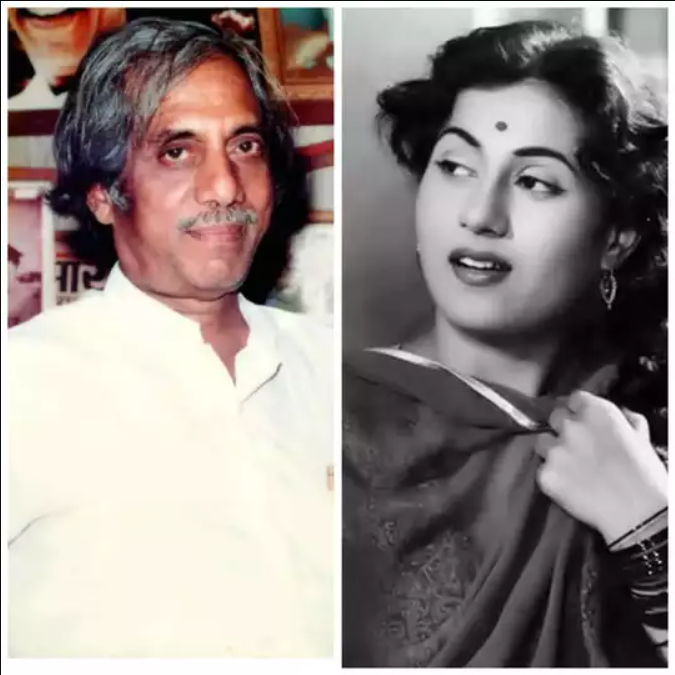
Here’s a mind-blowing fact:
Haji Mastan was so obsessed with Bollywood that he invested money into movies!
He even had close friendships with stars like Dilip Kumar and Saira Banu.
Later on, many dons funded films, used movie studios for money laundering and even partied with actors.
No wonder Bollywood keeps making gangster movies — life imitated art and art imitated life!
(And yes, a lot of those 90s mafia movies you love were inspired by real stories.)
🚨 4. The Rise of Dawood Ibrahim: A New Kind of Don
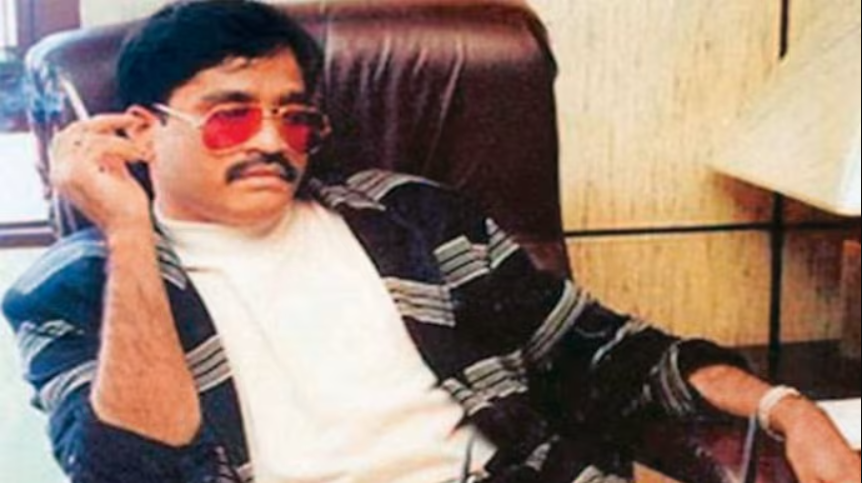
Then came the man who would change everything: Dawood Ibrahim.
Born in Dongri, Mumbai, Dawood was smart, ruthless, and ambitious.
In the late 70s and early 80s, he started a gang called D-Company — which would soon become India’s most feared criminal organization.
Dawood brought a new style to the Mumbai underworld:
- Heavy focus on international smuggling
- Sophisticated hit squads
- Connections with Pakistani intelligence (allegedly)
- Expansion into Dubai
Basically, he wasn’t just a local gangster — he became a global crime boss.
💣 5. The 1993 Bombay Blasts: The Darkest Chapter
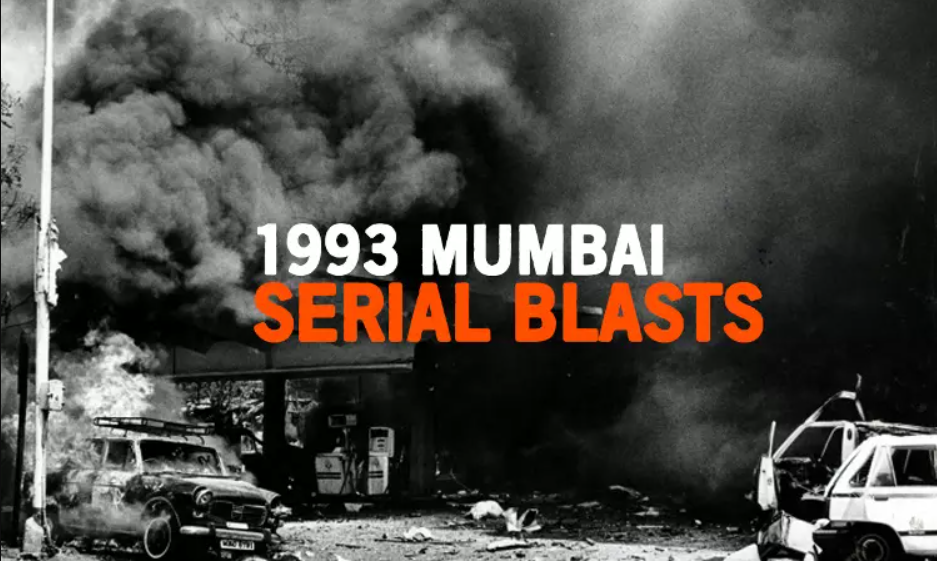
Nothing shook Mumbai’s soul like the 1993 serial bomb blasts.
On March 12, 1993, 12 bombs exploded across Mumbai, killing over 250 people and injuring 700+.
Investigations later revealed:
- Dawood Ibrahim’s D-Company was behind the attack.
- It was allegedly in revenge for the communal riots of 1992-93.
- Dawood fled India — probably to Dubai, and later Pakistan (though Pakistan denies it).
The blasts changed everything:
- Dawood became India’s most wanted criminal.
- The Mumbai underworld lost its “businessman” image and became synonymous with terrorism.
🔥 6. D-Company: Not Just Street Crime Anymore
After Dawood went underground, D-Company became even more diversified.
Their alleged activities?
- Arms smuggling
- Drug trafficking
- Extortion rackets
- Film financing
- Betting and match-fixing in cricket
It’s like D-Company became a multinational crime corporation.
Rumors even say D-Company had influence in politics, real estate, and banking.
Imagine a gang operating at Wall Street levels — that’s how massive it became.
🥷 7. Chhota Rajan: From Ally to Arch-Enemy

Chhota Rajan was once Dawood’s close lieutenant.
Together, they ruled Mumbai’s streets.
But after the 1993 blasts, Rajan split from Dawood, mainly because he was against involving religion in crime.
The Mumbai underworld saw a full-blown gang war between the Dawood and Rajan factions in the late 90s and early 2000s.
Shootouts, assassinations, and bloodbaths became common.
The city was literally caught in the crossfire!
📖 8. The Encounter Era: Cops Strike Back
By the late 90s, Mumbai Police decided enough was enough.
They created “Encounter Squads” — special teams trained to hunt down gangsters.
Legends like Pradeep Sharma, Daya Nayak, and Vijay Salaskar became famous for “encounter killings.”
Fact:
Over 400 gangsters were eliminated between 1997 and 2003!
Some say the police went rogue; others say they saved Mumbai.
Whatever the truth, the Encounter Era crushed the underworld’s street presence.
💼 9. How the Underworld Quietly Shifted to Real Estate and Finance
Today, you don’t see shootouts in Mumbai like the 90s.
That’s not because the underworld vanished —
they just got smarter.
Instead of street crime, many criminal networks shifted into:
- Land grabs
- Illegal construction
- Extortion from builders
- Money laundering through high-end properties
They’re quieter, richer, and even more difficult to trace.
If you’ve seen luxury towers spring up overnight — you can guess who’s benefiting.
🌍 10. Dawood: Still At Large
Despite being one of the world’s most wanted criminals (on the FBI and Interpol lists!), Dawood Ibrahim has never been caught.
India claims he is hiding in Pakistan under ISI protection.
Pakistan, of course, denies it.
Meanwhile, rumors about Dawood’s health, retirement, or even death keep popping up every year.
But till today, he remains a ghost — a billionaire fugitive, shrouded in mystery.
🕵️ 11. Other Notorious Names You Should Know
The Mumbai underworld wasn’t just Dawood and Rajan.
There were many others:
- Abu Salem – Notorious for extortion and Bollywood link-ups.
- Arun Gawli – The don who turned politician (aka “Daddy”).
- Iqbal Mirchi – Dawood’s close aide in drug trafficking.
- Amar Naik and Ashwin Naik – The brothers who once controlled parts of Mumbai with an iron fist.
Each of these men could have their own Netflix series, honestly!
🎥 12. Mumbai Underworld and Pop Culture: Forever Linked
From movies like Satya, Company, Once Upon a Time in Mumbaai, to Shootout at Lokhandwala —
Bollywood has been obsessed with the Mumbai mafia.
And why not?
The real-life drama had:
- Ambition
- Betrayals
- Friendship
- Revenge
- Blood and glory
The Mumbai underworld gave filmmakers ready-made stories richer than fiction.
🏙️ 13. Today’s Reality: Is the Underworld Dead?
Short answer: No.
Long answer:
- The traditional gully gangsters have disappeared.
- The new underworld is white-collar.
- Cybercrime, online betting, deep-web deals — it’s moved to digital spaces.
The names may not be as famous as Dawood, but the power games continue.
✍️ Final Thoughts
Mumbai is a city of contradictions.
It’s where billionaires and beggars breathe the same salty air.
Where movie stars chase dreams and gangsters chase power.
The Mumbai Underworld was once its darkest secret —
now, it’s an undeniable part of its colorful, complicated history.
A living, breathing reminder that behind every city of dreams, there are a few broken, brutal nightmares too.
And maybe that’s what makes Mumbai… Mumbai.
The City That Never Sleeps — because sometimes, it simply can’t afford to.
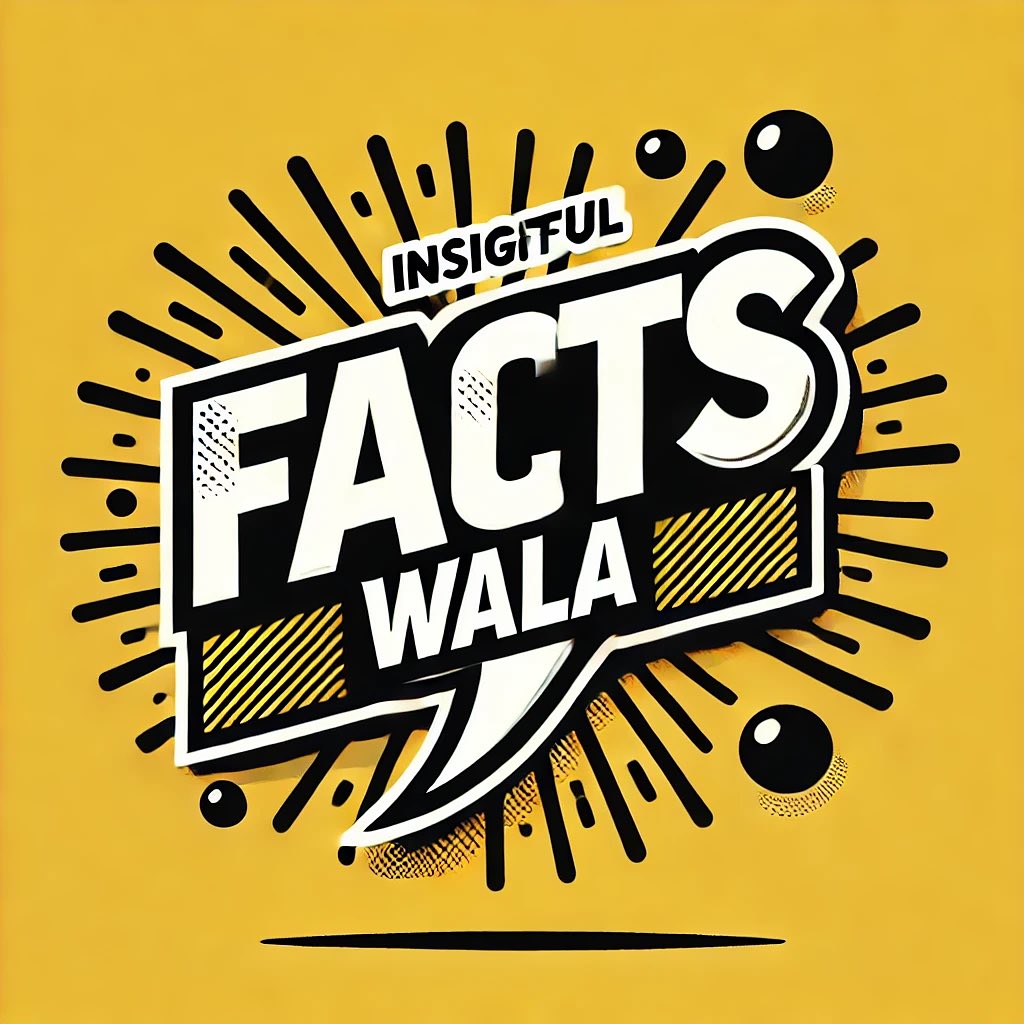
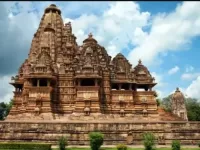


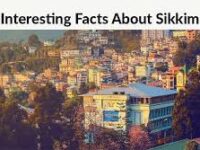
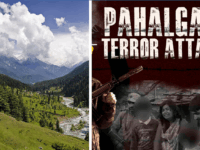
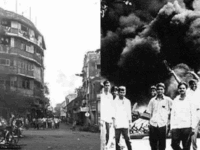
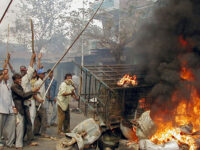

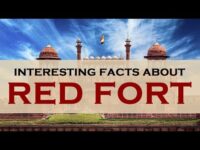

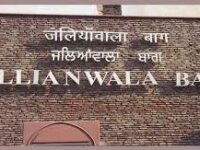

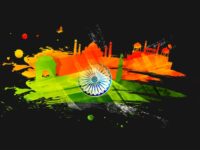
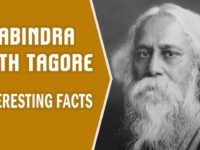
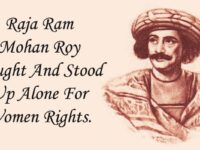


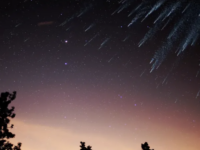


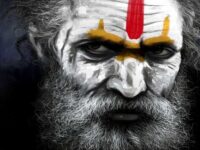






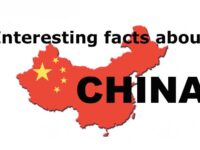
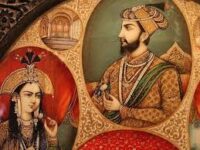
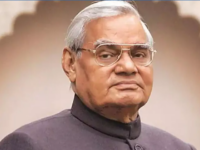


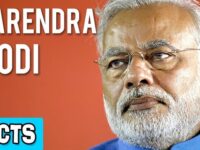

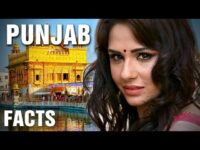


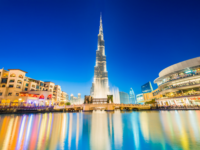

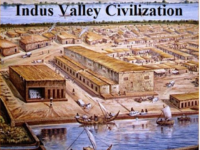








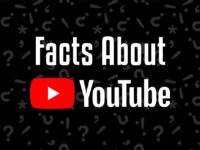
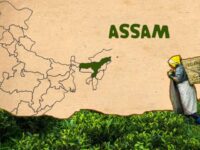

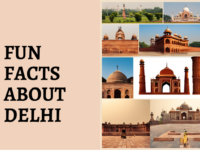

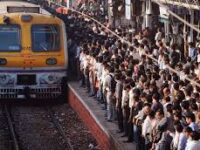
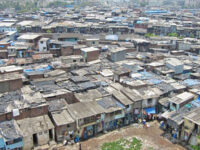
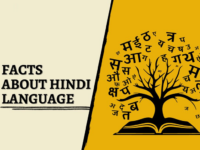
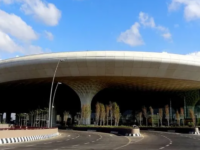
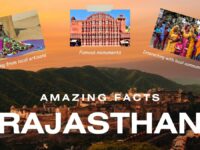


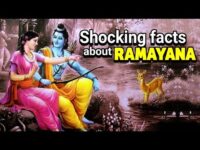



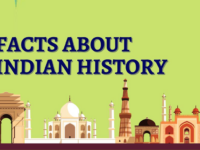
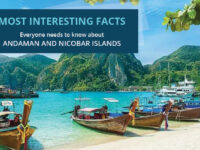
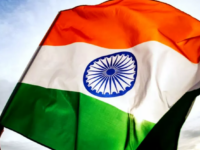


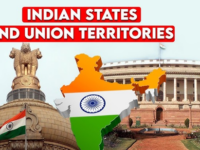


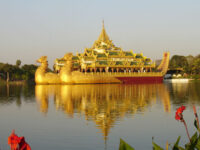



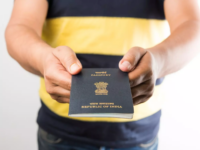

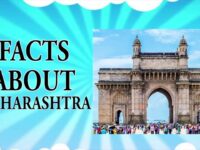
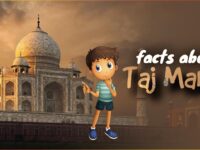



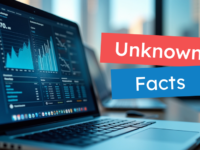
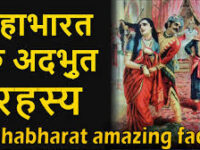
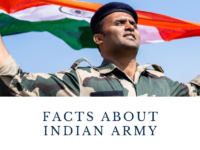
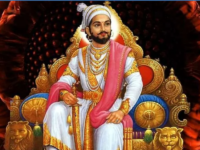
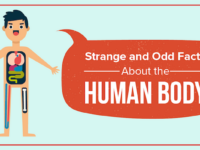




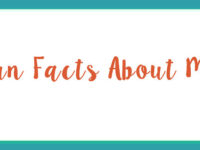
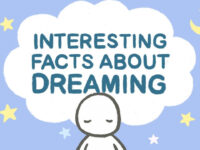




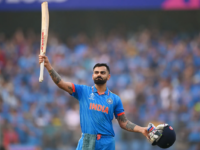


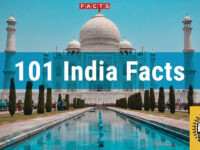
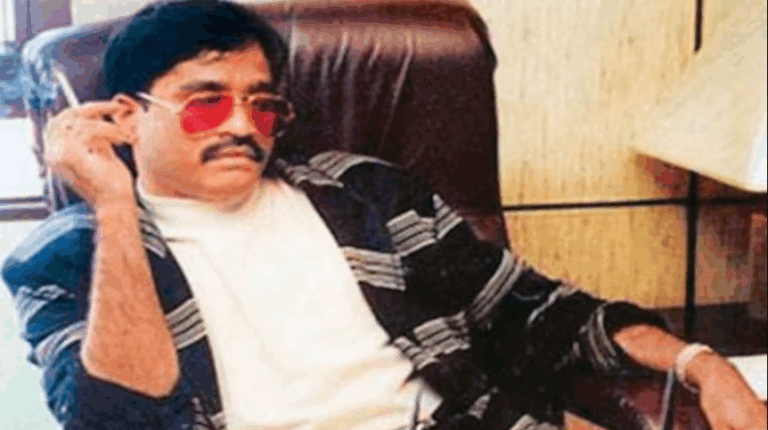
0 Comments